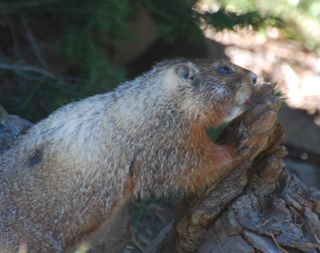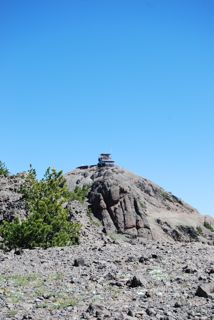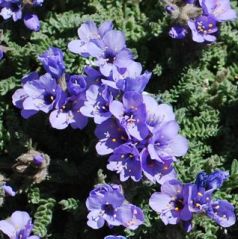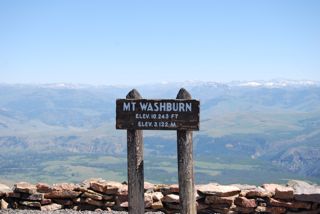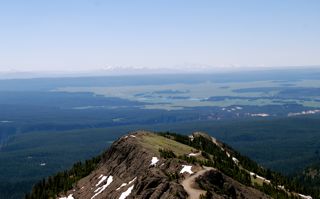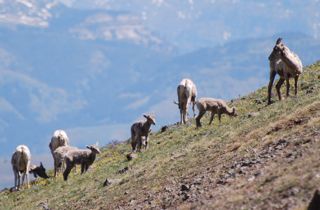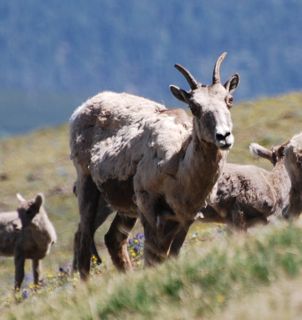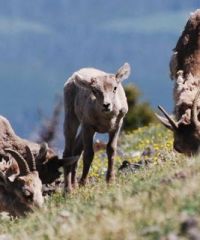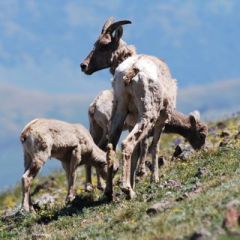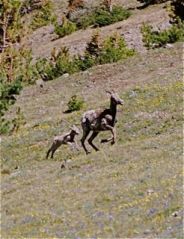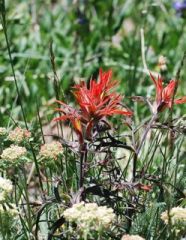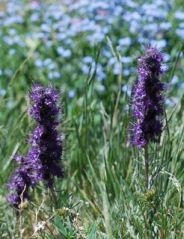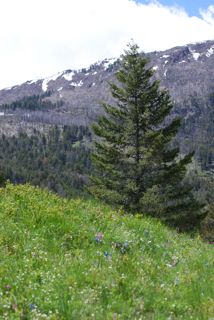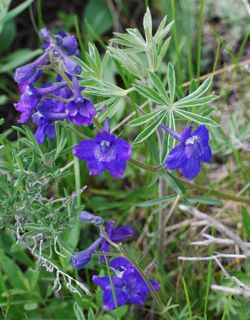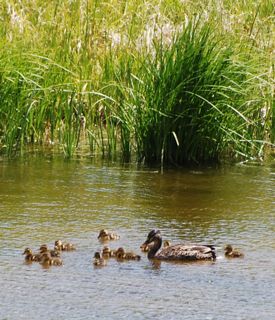Although snow is still falling in some parts of Yellowstone, early wildflowers are experiencing spring fever at the lower elevations. Near my home at the North Entrance the delicate pink bitterroot (Montana's state flower) decorates the hillsides like earthly pink stars.
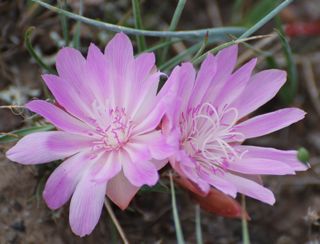 Bitterroot Lewisia
Bitterroot Lewisia
 If you are interested in exploring how Yellowstone's unique geography influences its wildflowers, I recently wrote an article for the Yellowstone Association entitled "The Geology of Wildflowers." This link will give you a preview--you need to be a member to view the full article. Please consider joining and supporting a great non-profit!
If you are interested in exploring how Yellowstone's unique geography influences its wildflowers, I recently wrote an article for the Yellowstone Association entitled "The Geology of Wildflowers." This link will give you a preview--you need to be a member to view the full article. Please consider joining and supporting a great non-profit!
An excerpt from the article:
"With freezing temperatures possible every month in the year, and snow accounting for a large portion of the precipitation, the growing season for most of Yellowstone is brief—June through August. Additionally, the majority of Yellowstone’s terrain derives its moisture source from the melting snowpack and spring precipitation, not from summer rains—another factor shortening the growing season.
As a result, the park’s wildflowers experience a botanical spring fever, knowing the days of plentiful sunshine and water are in short supply. Some of Yellowstone’s wildflowers attest to the truth of the Chinese proverb—“spring is sooner recognized by plants than men.”
Even before winter has fully retreated, the impatient marsh marigold (Caltha leptosepala) emerges from hibernation, seeking sunshine by extending its blue-tinted buds through the melting snowbanks, which blossom into showy white flowers within forty-eight hours. Montana’s state flower, bitterroot lewisia (Lewisia rediviva) also appears anxious for spring. As the snow recedes, the fleshy leaves sprout excitedly from the ground, followed shortly by delicate, rose-pink flowers."











